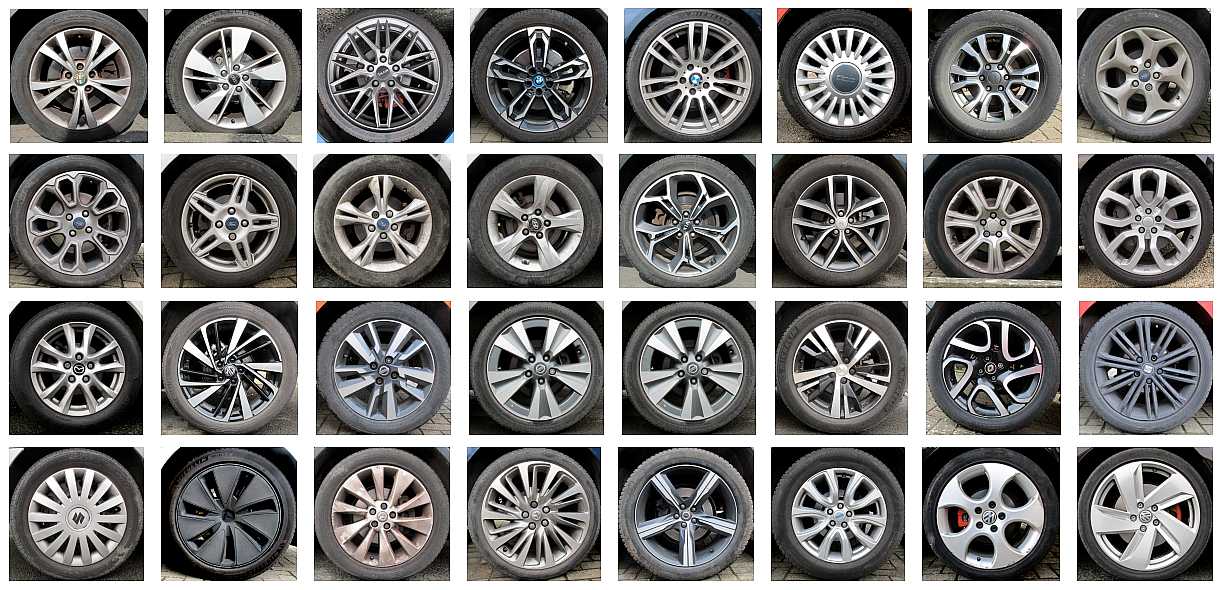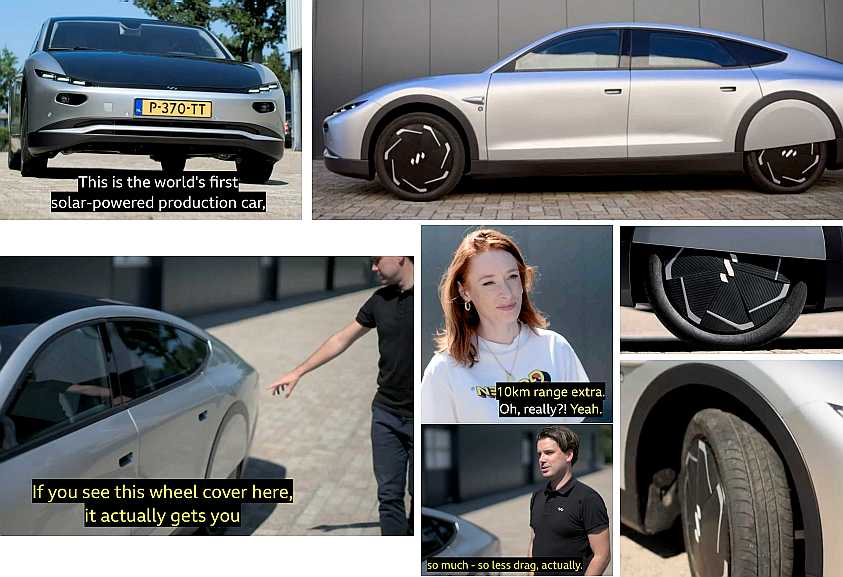




Incidentally, the tread block's velocity graph is almost exactly the same shape, with momentarily zero speed as it touches the road, up to double the vehicle speed at the top of the curve. Hence -Of course that does refer only to tread blocks. Aerodynamic complications are even more confused on considering the design of elements between tyre and hub - the patterns I amassed in my photos.
Silly quiz question: Which parts of your car travel fastest? Answer: the tops of the tyres.
Ridiculous quiz question: Which parts of your car never move? Answer: the bottoms of your tyres.
